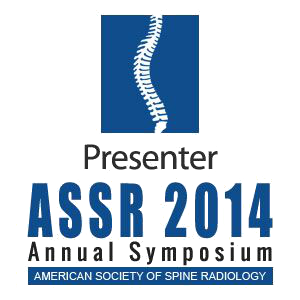What are the symptoms of lumbarfacet joint syndrome?
Lumbar facet joint syndrome is caused by pain arising from the lumbar facet joints. The facet joint joins the vertebra above and below and lies behind the disc. Lumbar facet pain is usually experienced as pain across the back. The pain may radiate to the buttocks, hips and thighs. The pain may even travel down the leg, mimicking sciatica. Pain will be greater standing and laying down and may be improved with sitting or bending.
What causes lumbarfacet joint syndrome?
Lumbar facet joint syndrome is usually a degenerative condition of the facet joint. Facet degeneration may occur after extensive degeneration of the disc, usually after a disc injury. The disc cushions the vertebra above and below. The facet joint is located behind the disc and joins the vertebra above and below. When the disc degenerates it may shrink or flatten. This places undue stress on the facet joint behind the disc. This type of disc degeneration may occur after an injury and can be seen after surgery for an injured disc.
Lumbar facet joint syndrome can also occur after a fall or a car accident. In these instances, a tear or bruising of the joint components can occur. In some cases this can lead to chronic pain, or pain lasting more than 8-12 weeks.
How is lumbar facet joint syndrome evaluated?
Any significant back pain that persists beyond 4-6 weeks merits a careful evaluation. Since disc injuries are more common, especially in younger age groups, an MRI can be obtained to rule out a disorder of the lumbar disc. Physical examination may also suggest a lumbar facet joint syndrome. Maneuvers that stress the facet joint, such as pain with bending backwards and to the side, will suggest the diagnosis. Once the diagnosis is suggested a lumbar medial branch injection can be done to see if there is temporary abatement of pain. If the pain goes away after a medial branch injection the diagnosis of lumbar facet joint syndrome can confidently be made. Medial branch injections are diagnostic, not therapeutic injections. That means that they are designed to diagnose a condition and not to bring long lasting relief. In some cases it’s appropriate to proceed straight to treatment without a diagnostic injection.
How is lumbar facet joint syndrome treated?
The first step in the treatment of lumbar facet joint syndrome is therapy and exercises. Nonsteroidal anti-inflammatory medications and muscle relaxants can also help. When pain is persistent and the diagnosis is strongly suspected, a lumbar facet injection can be performed to relieve pain. If more long-lasting relief is sought and medial branch injections are positive then rhizotomy can provide 3-6 month of relief while endoscopic median branch avulsion is considered a permanent treatment.
Lumbar facet joint syndrome treatments
The following spinal injections may be used to treat lumbar facet joint syndrome:
The following minimally invasive surgical procedures may be used to treat lumbar facet joint syndrome:






